What is the minimum land required for fish farming in India?
Worried that you don't have enough land to start a fish farm? This concern often stops people, but the space you need might be much smaller than you think.
The minimum land for fish farming in India isn't a fixed number. For modern methods like using collapsible tanks, you can start with just a few square meters. Traditional ponds need more space, usually from 0.1 hectares, but new technology is changing everything.
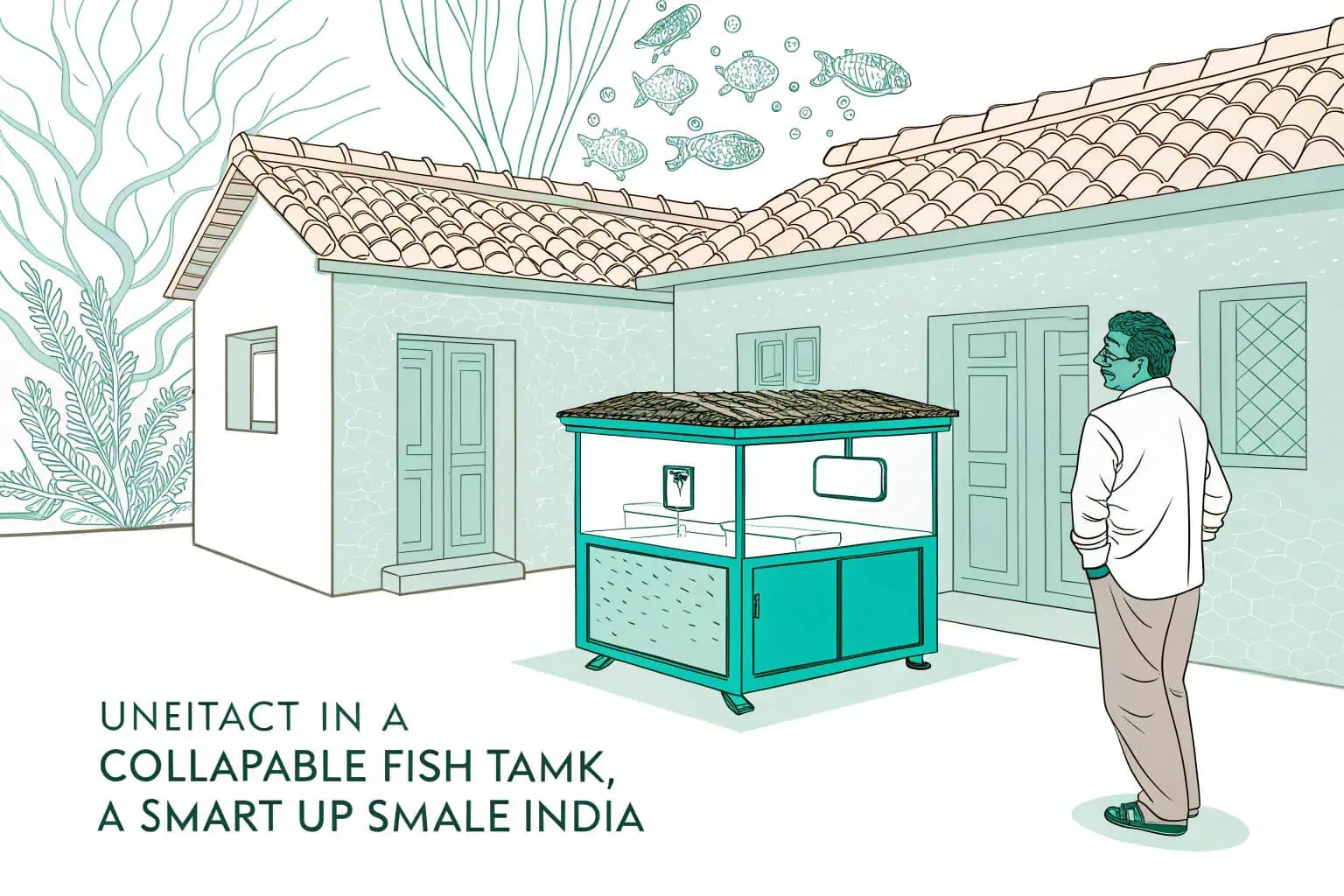
Figuring out the land is just the first step. I've seen many aspiring farmers also get stuck on other questions about cost, pond size, and if it's even worth it financially. Let's break these down one by one to give you a clear path forward.
How much does it cost to start fish farming in India?
Dreaming of a fish farm but worried about the cost? The initial investment can seem huge, making you pause. But there are smart ways to start without breaking the bank.
Starting a fish farm in India can cost from ₹50,000 for a small backyard setup with a portable tank to several lakhs for a large commercial pond. Key costs include the pond or tank, baby fish, feed, and water systems. Government help can also lower this cost.
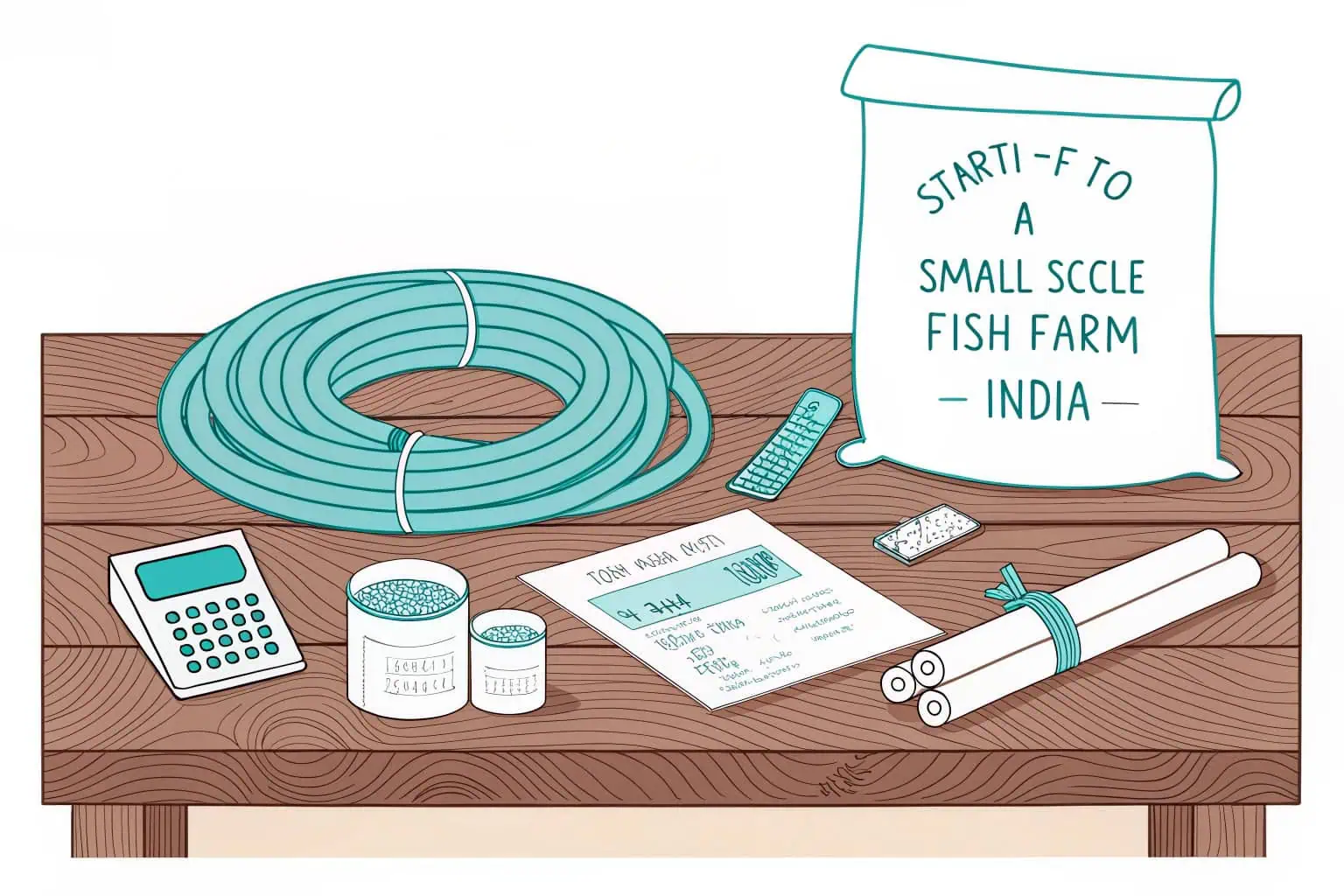
When I talk to people starting out, the first thing we discuss is the budget. It's not just one big number; it's a collection of smaller costs. You have to think about preparing the land, buying the equipment, and the day-to-day expenses1. I've seen that understanding these details makes the whole process less scary.
Breaking Down the Initial Investment
The initial costs when venturing into fish farming2 can be significant and primarily revolve around three key areas: establishing the pond or containment structure, acquiring the young fish (commonly referred to as fingerlings), and securing the initial supply of feed. For those choosing the traditional route of a dug pond, the excavation process represents a substantial investment. However, if you opt for a modern tank-based system3, such as the innovative solutions we provide at Bancy, your primary upfront expenditure is simply the tank itself. This approach often translates to a lower overall cost and a much quicker installation time compared to traditional methods.
Comparing Traditional vs. Modern Setups
Let's look at the difference. A traditional pond requires a lot of land and labor to dig. A modern, collapsible tank needs very little space and can be assembled in a few hours. This choice dramatically changes your startup cost.
| Feature | Traditional Pond | Modern Collapsible Tank |
|---|---|---|
| Land Prep | High (digging) | Low (flat surface) |
| Setup Time | Weeks | Hours |
| Water Use4 | High | More Efficient |
| Initial Cost5 | Starts from ₹1,00,000+ | Starts from ₹50,000+ |
As you can see, choosing a modern solution can cut your entry cost significantly, making it a more practical choice for many new farmers.
What is the size of pond for fish farming in India?
Confused about the right pond size for your farm? Picking the wrong size can really hurt your fish growth and your profits. Let's figure out the best fit for you.
A standard commercial fish pond in India is often around one acre (0.4 hectares). But for beginners, a pond of 10m x 10m is a great start. With modern collapsible tanks, you can even begin with a tank that is just a few meters wide.
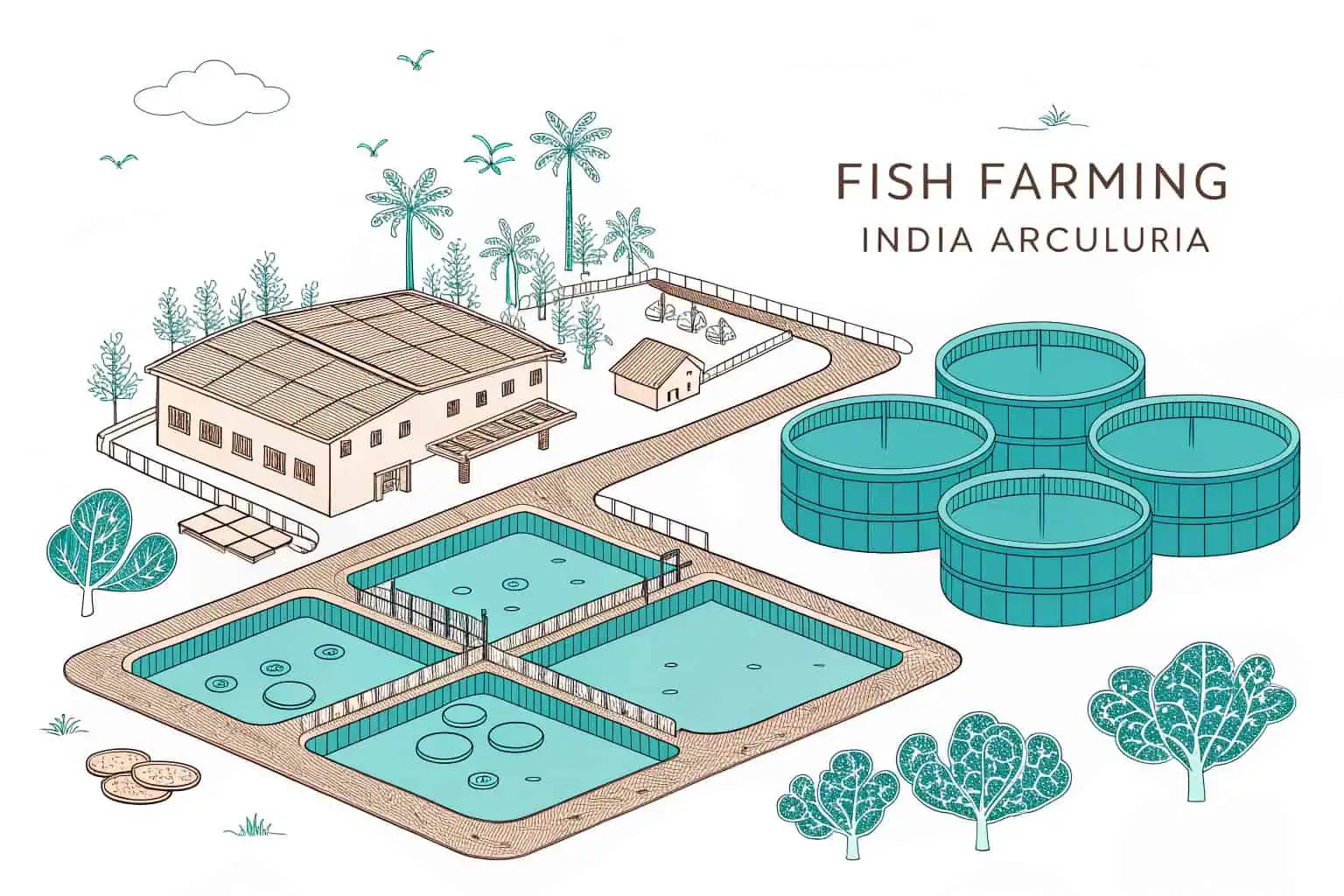
I've learned that there's no single "best" size. The right size depends entirely on what you want to achieve. Are you doing this as a hobby, or are you planning to build a business6? Your answer changes everything. The goal isn't to have the biggest pond; it's to have the most efficient one for your situation.
Size Depends on Your Goal
For someone who wants to grow fish for their family, a small plastic tank in the backyard is perfect. If you're a small farmer looking to add a new income stream, a larger galvanized pipe or sheet tank7 makes more sense. For large commercial operations, a one-acre traditional pond is common, but even they are now looking at using multiple large tanks to have better control.
Maximizing Space with Technology
Exploring the relationship between tank size and fish yield reveals an interesting point: it's not simply about the physical dimensions. The key lies in the technological advantages of modern fish farming methods. Unlike traditional approaches, modern tanks offer significantly enhanced control over crucial water quality parameters. This superior management allows for a higher stocking density, enabling you to cultivate a greater number of fish within a smaller footprint, all while maintaining healthy conditions. This capability is a game-changer, especially for farmers facing constraints on land availability. Innovative solutions like our collapsible fish tanks are specifically engineered to deliver this kind of spatial efficiency and productivity.
| Feature | Traditional Pond | Modern Tank (e.g., Bancy) |
|---|---|---|
| Water Quality Management8 | More challenging | Much better control |
| Stocking Density9 | Lower | Higher (more fish/area) |
| Land Requirement | Significant | Less |
| Efficiency10 | Lower | Higher |
| Example Product | Dug pond | Collapsible Fish Tanks |
Is fish farming profitable in India?
Wondering if fish farming is a good business choice? The fear of not making money can be a big hurdle. But with the right plan, it can be a very profitable venture.
Yes, fish farming is very profitable in India because of high demand and government support. A well-run farm can see a return on investment of over 30-50% each year. Your profit depends on the fish you choose, how you manage the farm, and market prices.
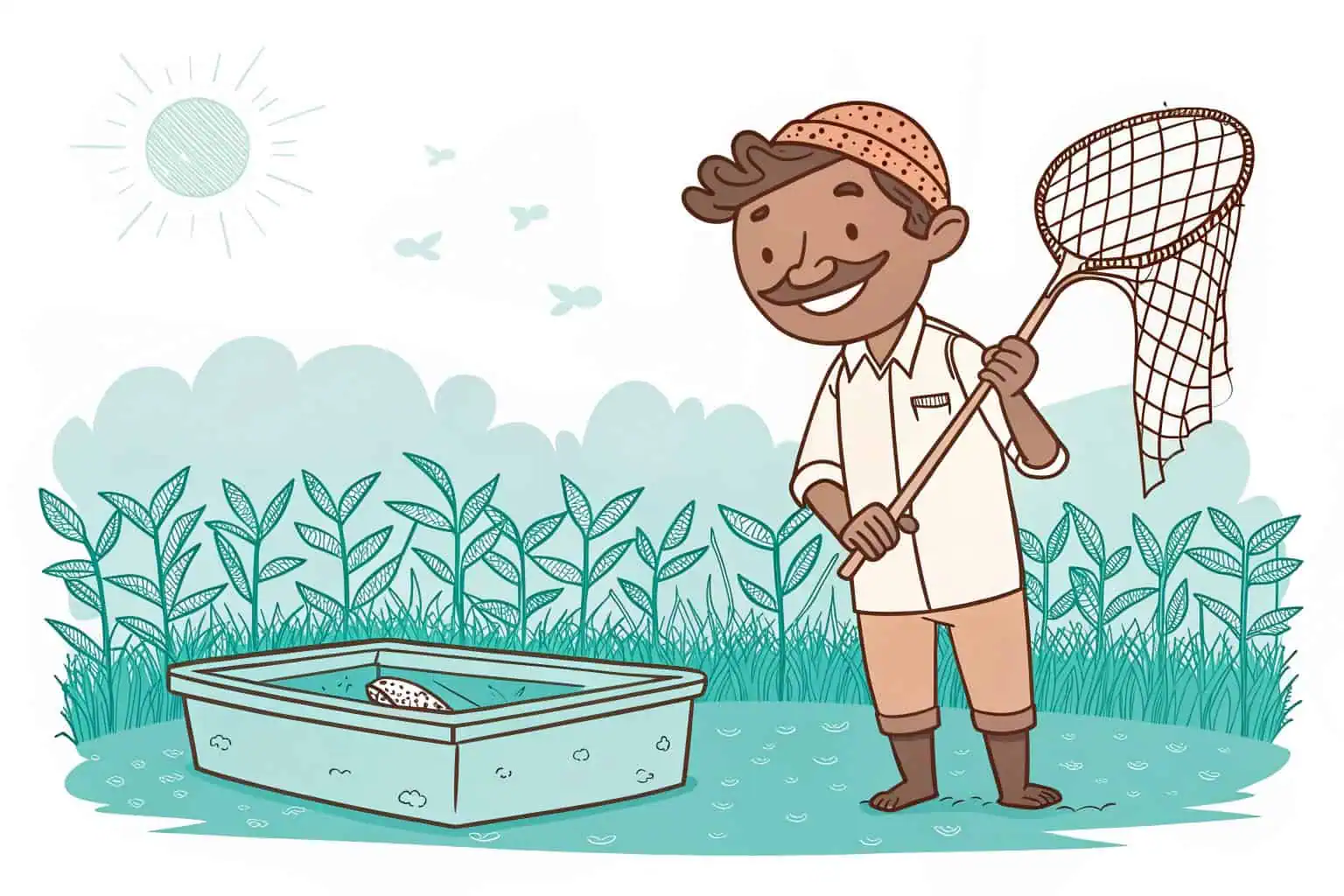
From my experience in this industry, I can tell you the potential is real. The demand for fish in India11 is huge and growing. People want fresh, healthy protein. This creates a steady market for farmers. But profitability isn't automatic. It comes from smart decisions and efficient management. I've seen farmers succeed by focusing on quality and keeping their operational costs low.
Factors Driving Profitability
Several things make fish farming a good business right now. The government has programs like the Pradhan Mantri Matsya Sampada Yojana (PMMSY)12 that provide financial assistance. Also, technology is making farming more efficient. Better feed, better disease management13, and better systems like our durable tanks all help increase the success rate and, therefore, the profit.
A Simple Profit Example
Let's imagine a small-scale farm using one of our tanks. The numbers can be quite encouraging.
| Item | Amount (INR) |
|---|---|
| Initial Tank & Setup | - 75,000 |
| Running Costs (1 Cycle)14 | - 50,000 |
| Sale of Harvest | + 1,50,000 |
| Net Profit (1 Cycle)15 | + 25,000 |
This is a basic example, but it shows the potential. By using an efficient system, you can reduce water and labor costs, which directly boosts your profit margin.
Can I have a fish farm in my backyard?
Do you love the idea of getting fresh fish right from your backyard? You might think you don't have the space for it. But modern solutions have made this possible for almost anyone.
Absolutely! Backyard fish farming is getting very popular in India. By using compact, collapsible fish tanks, you can easily set up a small farm in a very limited space. It's a fantastic way to grow fish for your family or even start a tiny business from home.
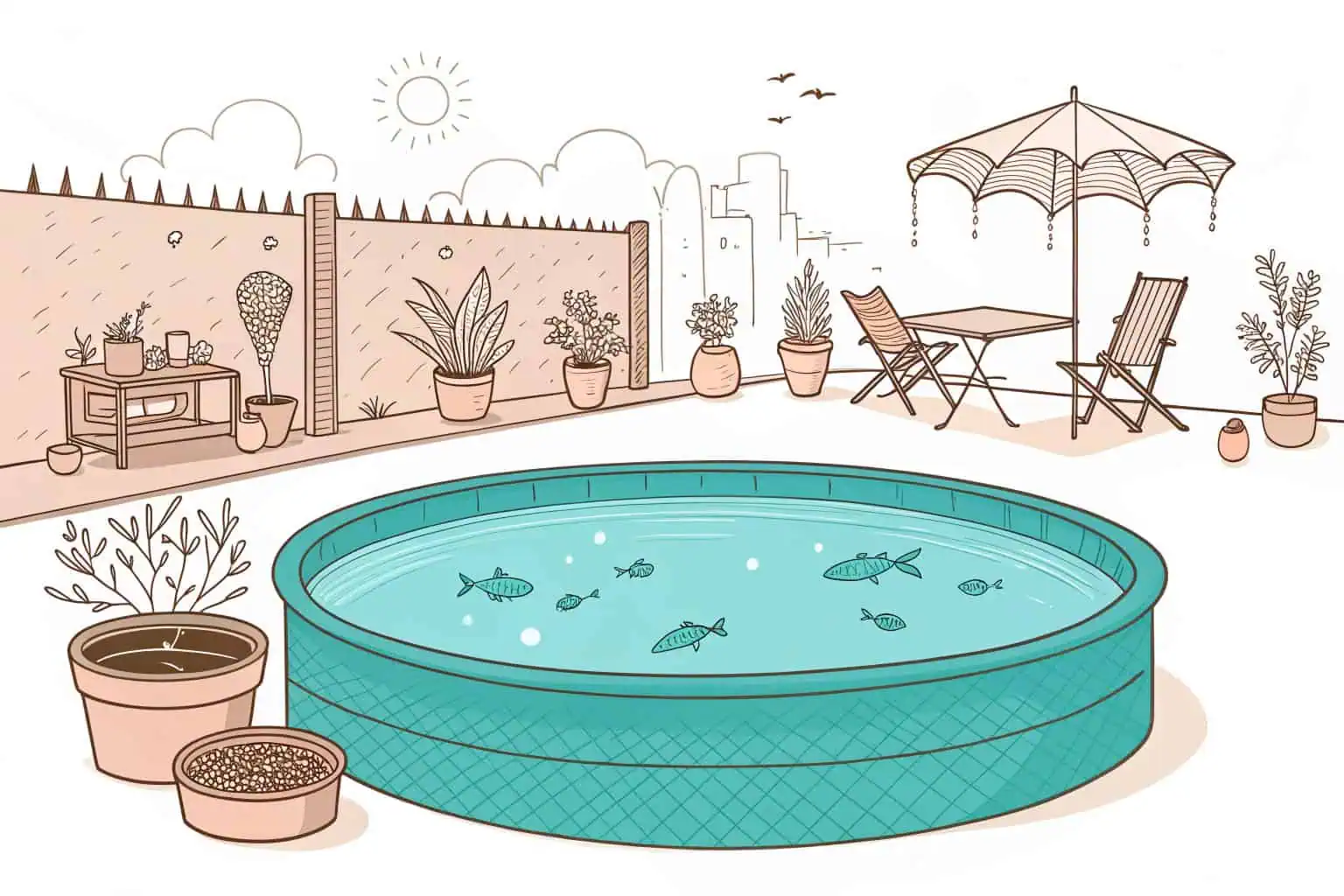
I find the idea of backyard farming really exciting because it brings food production back home. It's a personal and sustainable way to eat16. Many people I've talked to are surprised when they learn how little space they actually need. It's not about having a huge garden; it's about using a small corner of it wisely.
Why Backyard Farming is a Great Idea
Beyond the commercial advantages of modern fish farming, embracing this practice, even on a smaller scale, offers a wealth of personal and familial benefits. From providing a reliable source of healthy food to fostering educational opportunities17 and even generating a modest income, the rewards are numerous and impactful.
| Benefit Category | Description |
|---|---|
| Personal Consumption | Source of fresh, chemical-free fish18 for the family. |
| Recreation/Hobby | Can be a relaxing and enjoyable pastime19. |
| Education | Great way to teach children about nature, ecosystems, and food production. |
| Income Generation | Opportunity to sell surplus fish to neighbors for extra income. |
| Overall Value | A mutually beneficial or "win-win" situation. |
Choosing the Right System for Your Backyard
This is where our products at Bancy really shine. For a backyard, you need something that is easy to set up, doesn't take up much space, and is durable. Our Collapsible Plastic Fish Tanks are perfect for this. They are lightweight, you can set them up yourself, and they are built to last. They provide a controlled environment for the fish20, helping them grow healthy and strong, right in your own home.
Conclusion
Starting a fish farm in India is more accessible and profitable than ever. With modern technology, you can start small, even in your backyard, and build a successful venture.
-
Knowing daily expenses helps in maintaining a realistic budget and managing finances effectively. ↩
-
Understanding the costs involved in fish farming can help you budget effectively and make informed decisions about your venture. ↩
-
Exploring tank-based systems can reveal innovative and cost-effective solutions for modern fish farming practices. ↩
-
Learn about water efficiency in storage solutions to optimize your resource management and sustainability efforts. ↩
-
Understanding the initial costs can help you make informed decisions about your water storage investments. ↩
-
Exploring resources on building a business can provide insights into monetizing your pond effectively. ↩
-
Learn why galvanized tanks are ideal for small farmers seeking to diversify their income through fish farming. ↩
-
Understanding modern water quality management can enhance your fish farming practices and ensure healthier fish. ↩
-
Exploring stocking density can help optimize your fish farming strategy for better yields and healthier fish. ↩
-
Learning about efficiency in fish farming can lead to improved practices and increased profitability. ↩
-
Understanding the demand for fish in India can help you tap into a lucrative market and make informed business decisions. ↩
-
Explore this link to understand how PMMSY can provide financial assistance and boost your fish farming business. ↩
-
Learn about effective disease management strategies that can enhance the health and yield of your fish farm. ↩
-
Calculating running costs accurately helps in budgeting and maximizing profitability in business operations. ↩
-
Understanding net profit is crucial for evaluating the financial health of a business and making informed decisions. ↩
-
Discover practical tips on adopting a sustainable way to eat, enhancing your health and reducing your environmental impact. ↩
-
Learn about the various educational benefits of fish farming, including skills development and environmental awareness for families. ↩
-
Exploring this link will provide insights into the health benefits and environmental impact of choosing fresh, chemical-free fish. ↩
-
Discover how fishing can enhance your mental well-being and provide a peaceful escape from daily stress. ↩
-
Explore effective methods to maintain a controlled environment for fish, ensuring their health and growth. ↩